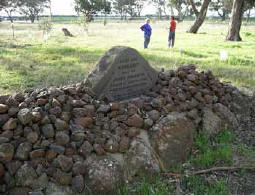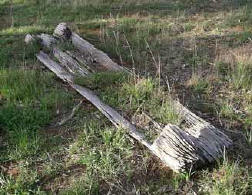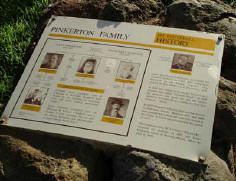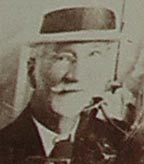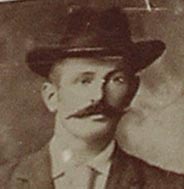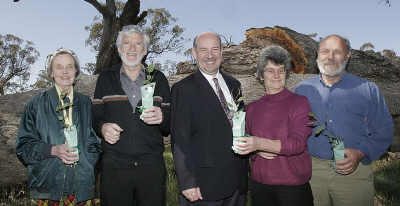
PIONEERS OF THE PLAINS
(Werribee and Keilor)
By Archibald James Campbell * 1853 -1929
Early History
Australia lay in a sunny sleep until the time of her awakening came. In the good Providence of God she is an integral part of the Empire upon which the sun never sets.
Captain Cook sighted the goodly land of Victoria 19th April 1770
The plains of Port Phillip, in part, were probably seen by Matthew Flinders, who on 27th April 1802 ascended and named Station Peak (the You Yangs). From this coign of advantage, towards the distant Mount Macedon northward, he would get an extended panoramic view of the expansive and fertile plains, as yet untrodden by white men.
Early in 1803 Charles Grimes, Surveyor General of New South Wales walked round and surveyed Port Phillip Bay. His report of the country was not very encouraging: - "grassy plains to the mountains, no trees, and the soil very bad and stony."
On the 29th December, the same year, William Buckley (with three other convicts) absconded from the settlement near Sorrento at the Heads. He lived for thirty years with a tribe of blacks and saw much of the Plains. One of Buckley's mates repented and returned to the settlement; the other two perished in the Bush.
